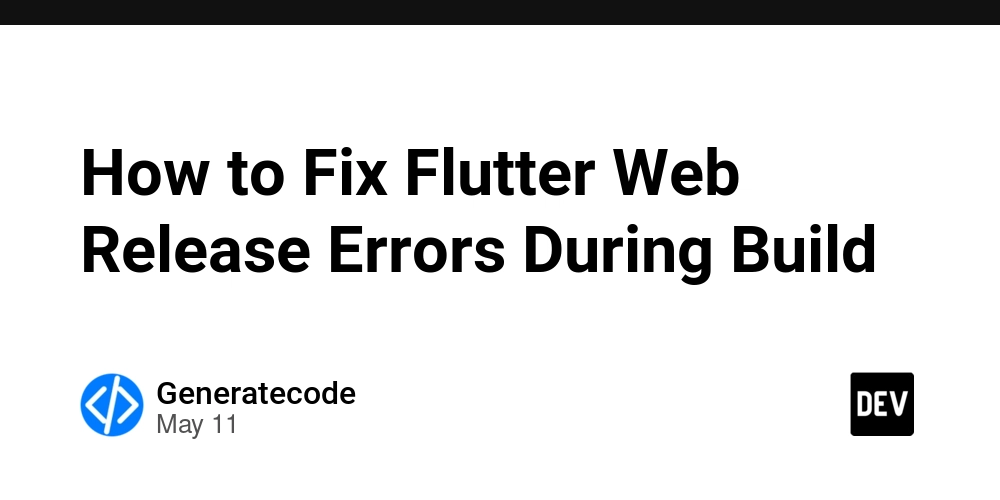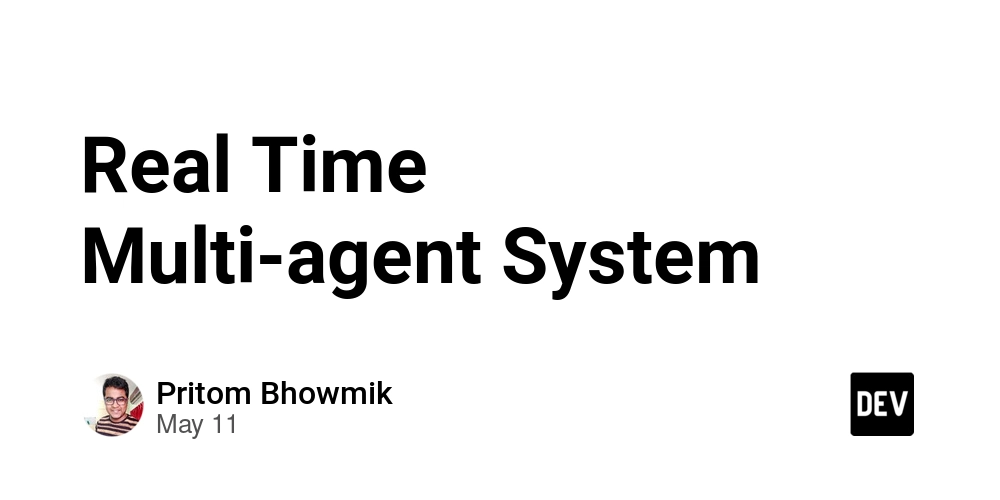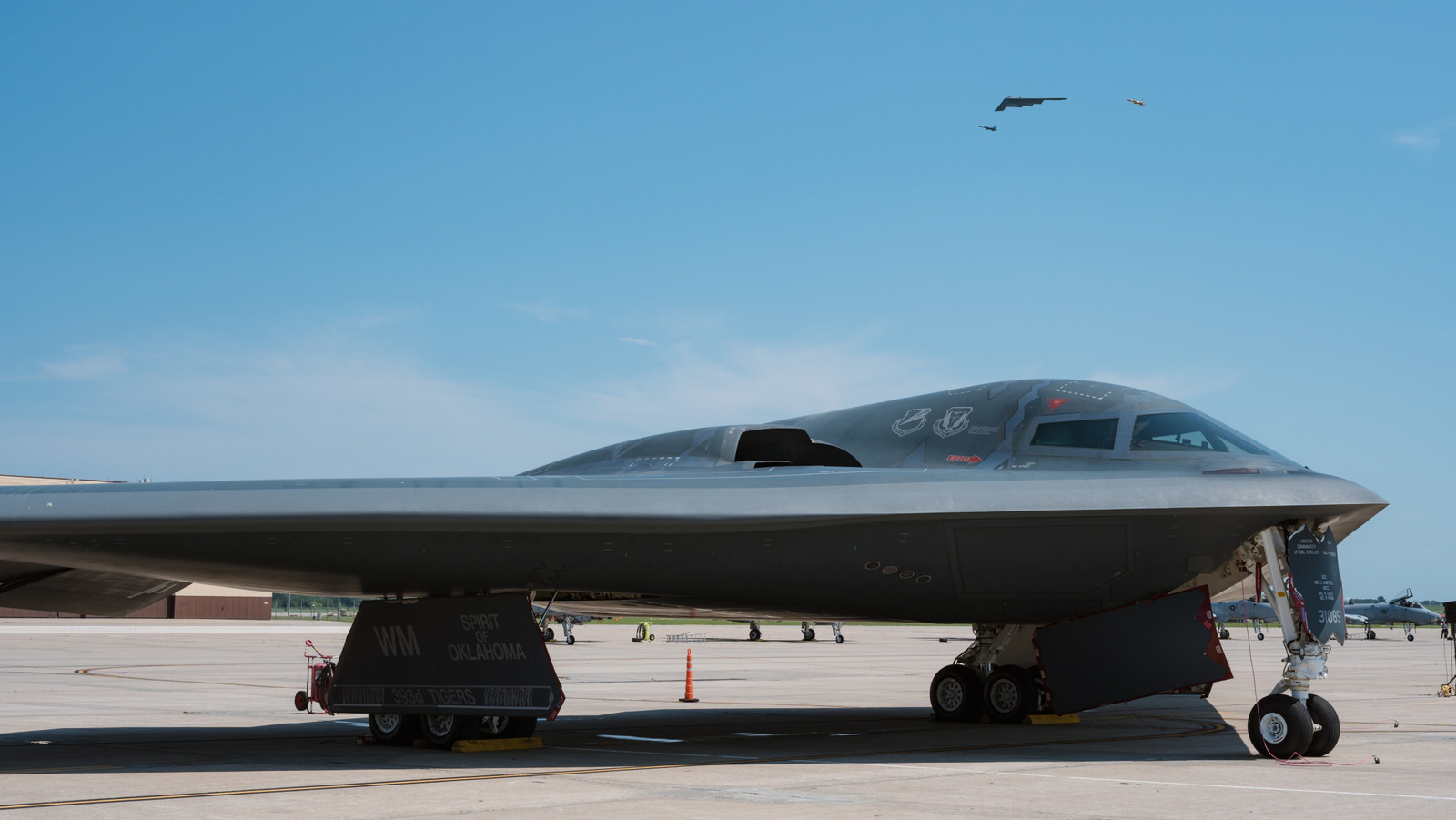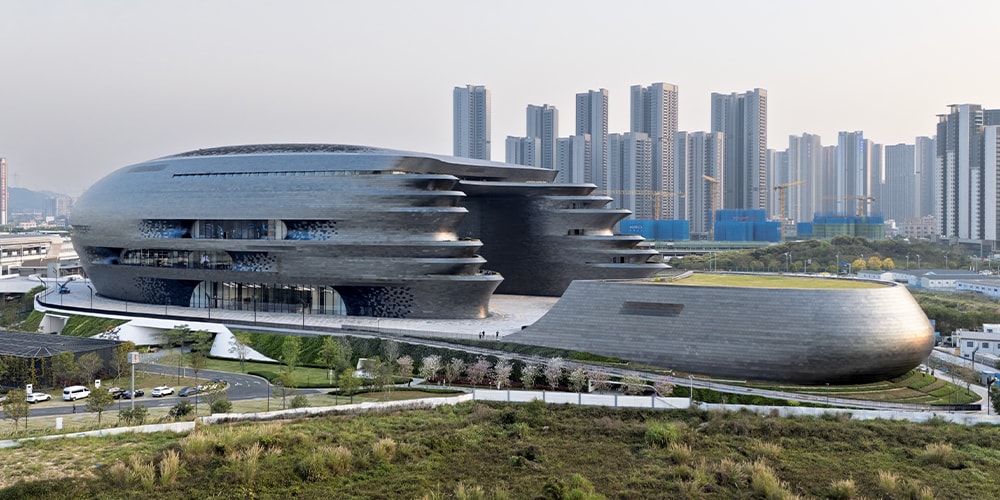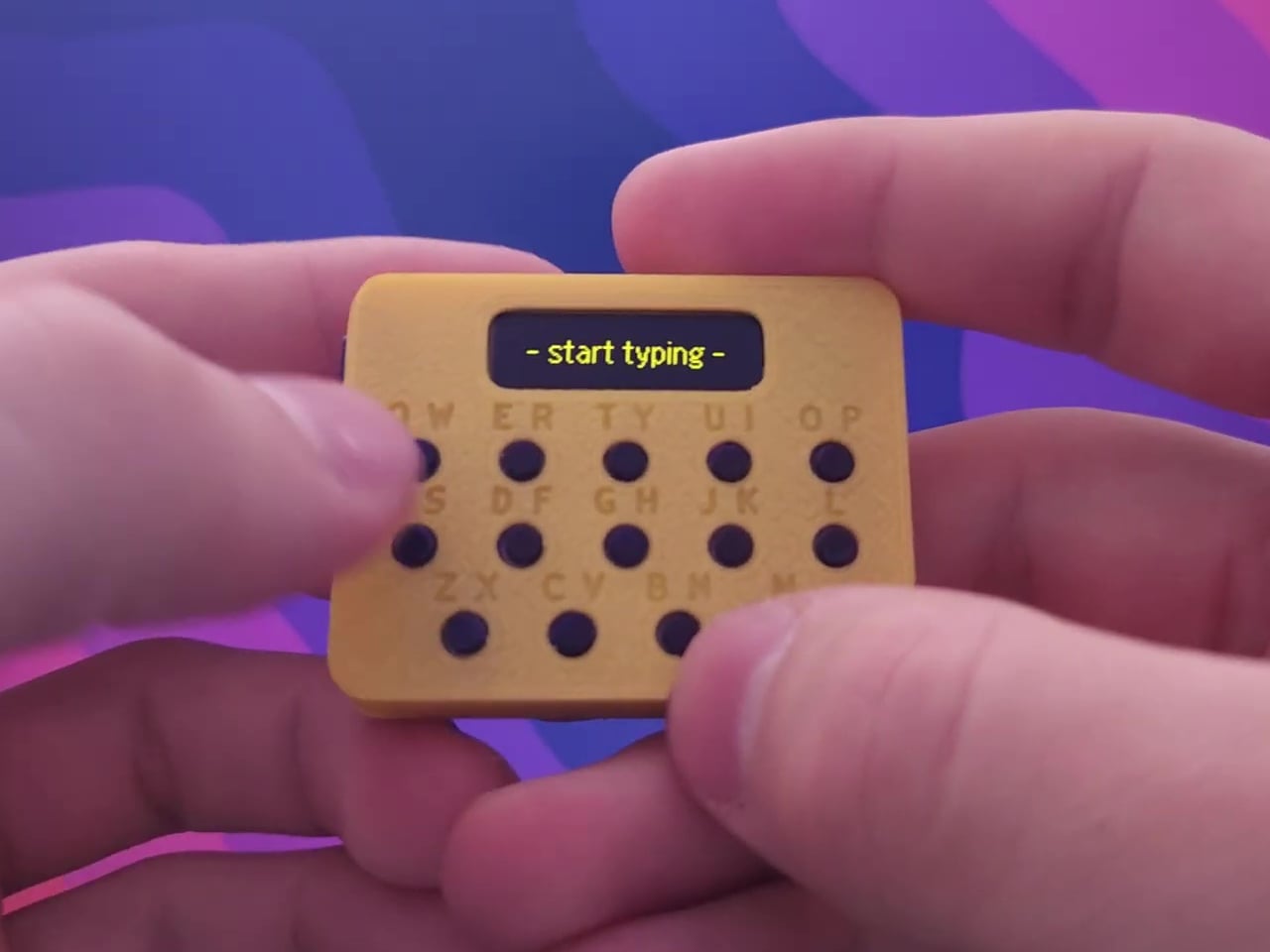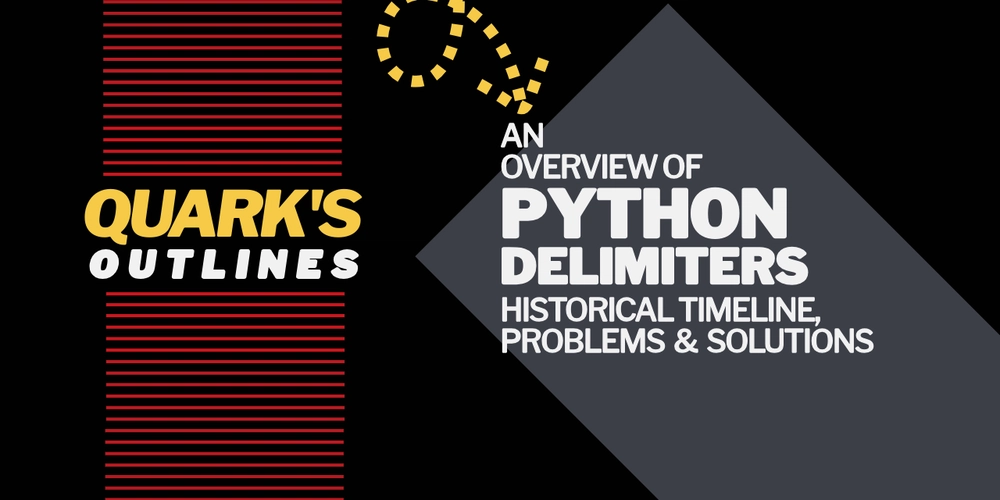Flutter BLoC Architecture
Introduction Have you ever wondered how companies create and manage large-scale Flutter applications—with hundreds of features, countless screens, and tons of API requests—without ending up with a messy codebase? In this article, I will guide you through one of the most effective architectures (the BLoC design pattern) used for building large-scale Flutter products, along with industry best practices and standards. What is the BLoC design pattern? BLoC is a design pattern introduced at the Google I/O in 2018, primarily used in Flutter applications to separate business logic from the user interface. It allows developers to manage state and events in a scalable, testable, and maintainable way. The BLoC pattern architecture helps developers separate concerns by dividing each feature into three parts: the presentation layer, the domain layer (business layer), and the data layer for handling networking and data fetching. Presentation layer

Introduction
Have you ever wondered how companies create and manage large-scale Flutter applications—with hundreds of features, countless screens, and tons of API requests—without ending up with a messy codebase? In this article, I will guide you through one of the most effective architectures (the BLoC design pattern) used for building large-scale Flutter products, along with industry best practices and standards.
What is the BLoC design pattern?
BLoC is a design pattern introduced at the Google I/O in 2018, primarily used in Flutter applications to separate business logic from the user interface. It allows developers to manage state and events in a scalable, testable, and maintainable way. The BLoC pattern architecture helps developers separate concerns by dividing each feature into three parts: the presentation layer, the domain layer (business layer), and the data layer for handling networking and data fetching.
Presentation layer











